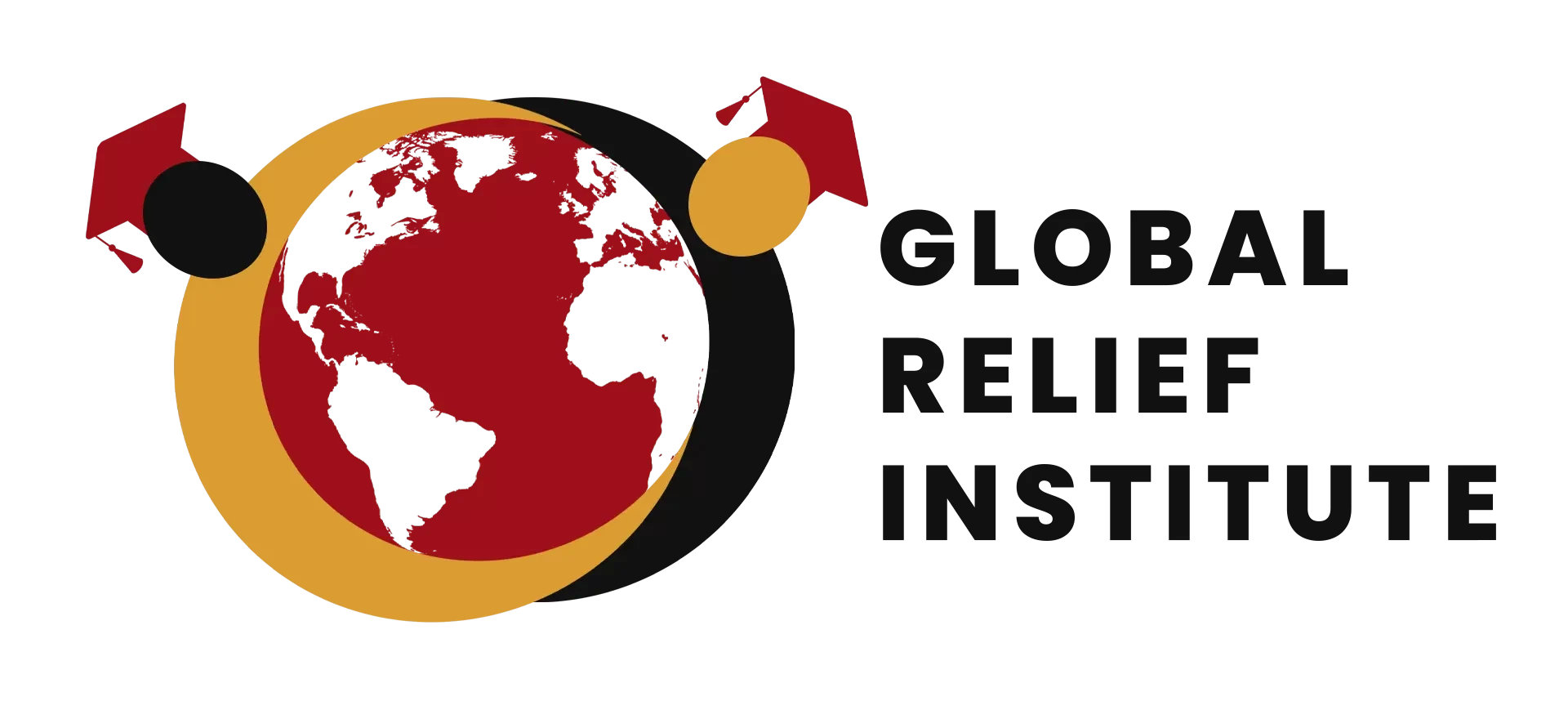Course Overview
This course identifies to apply factors which can contribute to improving humanitarian actions. Although principles of humanitarian assistance have received legal, moral, and functional expression throughout the 20th century, the measures adopted in specific circumstances as a response to the enormous needs, which have had to be met, have often been inadequate.
The relief system today functions with the participation of a wide variety of actors, including many organizations charged with responsibilities for humanitarian assistance tasks. This course identifies with an intention of applying factors which can contribute to improving humanitarian actions and humanitarian order.
Course Content
- Introduction to the concept of disaster, humanitarian assistance, law and organization.
- Historical perspectives on Humanitarian Assistance: custom and law in armed conflict situations, relief for refugees, and relief in natural disasters
- Relief Actions in armed conflict: the Geneva conventions and the Red Cross, assistance for members of armed forces, and assistance for civilians
- Relief for refugees: The United Nations, the UNHCR statute and the 1951 convention, office of the UN High Commissioner for Refugees
- Actors in humanitarian assistance
- Relief coordination
- Further development of Relief law
- Basis for Humanitarian Assistance: sovereign equality and cooperation, human rights and relief actions, the doctrine of humanitarian intervention, politics and relief
- Red Cross humanitarian assistance
- United nations and humanitarian assistance
Exercises:
After reading course materials, students are expected to complete some relevant exercises and tasks to test their own learning.
Assignments
Students will be required to submit three assignments to demonstrate their understanding of the course content.
DURATION: 3 Months
REGIONS TARGETED: Global
COURSE FEE: €500
ORGANIZERS: GRI
LANGUAGE: English and French
FORMAT: Online Learning
GENERAL COURSE CONTACT:



